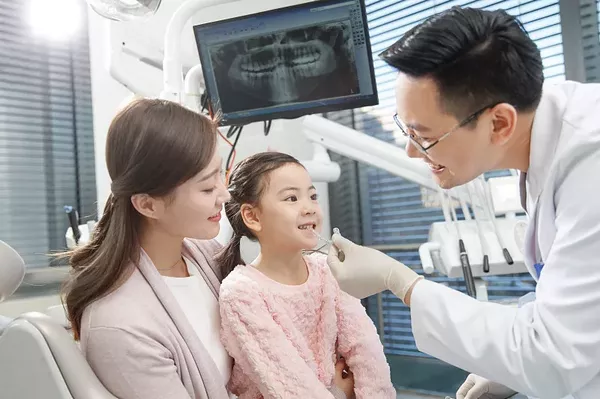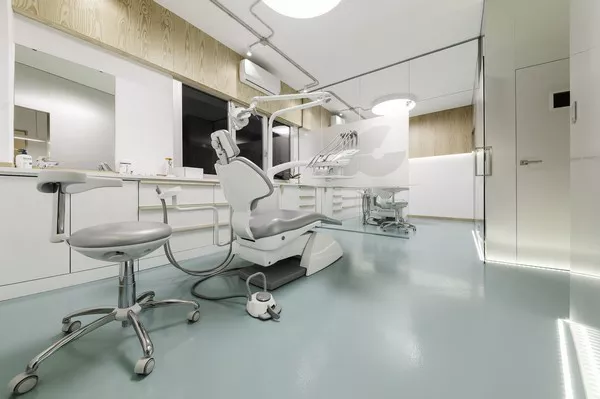Cavity fillings are a common dental procedure used to repair teeth that have been affected by tooth decay or cavities. If you’ve recently had a cavity filling, you might be wondering when it’s safe to resume your regular eating habits. In this article, we will explore the considerations and recommendations regarding eating after a cavity filling, as well as tips for post-filling care to ensure a smooth recovery.
The Immediate Aftermath
Immediately after your cavity filling, your mouth and lips may still be numb from the local anesthesia used during the procedure. This numbness can make it challenging to eat or drink without accidentally biting your tongue, cheek, or lips. It’s essential to exercise caution during this period to prevent injury.
In most cases, the numbness should wear off within a few hours. Until then, it’s best to avoid eating or drinking anything hot or excessively cold, as it can be challenging to gauge the temperature accurately while your mouth is still numb.
Eating After a Cavity Filling
Once the numbness wears off, you can generally resume eating. However, there are a few important considerations to keep in mind:
Choose Soft Foods: After a cavity filling, your tooth and surrounding tissues may be sensitive. Opt for soft, easy-to-chew foods that won’t exert too much pressure on the filled tooth. Examples include yogurt, pudding, mashed potatoes, soup, and scrambled eggs.
Avoid Sticky or Hard Foods: Steer clear of sticky or hard foods that could potentially dislodge or damage the filling. This includes candies, gum, nuts, and crunchy snacks.
Maintain Proper Oral Hygiene: Continue to practice good oral hygiene by brushing your teeth and flossing regularly. Be gentle when brushing near the filled tooth to avoid any discomfort.
Monitor for Sensitivity: It’s normal to experience some sensitivity after a cavity filling, especially when consuming hot or cold foods. However, if the sensitivity persists or worsens over time, contact your dentist for further evaluation.
Stay Hydrated: Drink plenty of water to stay hydrated, but avoid using a straw immediately after the filling. The sucking action could potentially dislodge the blood clot that forms in the cavity after the procedure.
Follow Any Specific Instructions: Your dentist may provide you with specific post-filling care instructions based on the type of filling material used and the location of the filling. Follow these instructions diligently to promote healing and prevent complications.
Types of Fillings and Dietary Considerations
The type of filling material used can influence your dietary considerations after a cavity filling:
Amalgam Fillings: Amalgam fillings, also known as silver fillings, are durable and can withstand the forces of chewing relatively soon after the procedure. However, it’s still a good idea to start with softer foods and gradually reintroduce your regular diet.
Composite Fillings: Composite fillings are tooth-colored and blend in with your natural teeth. These fillings may require a bit more time to fully harden and set, so it’s advisable to follow your dentist’s recommendations regarding dietary restrictions.
Gold or Porcelain Fillings: Gold or porcelain fillings are usually crafted outside the mouth and then bonded to the tooth. These fillings are strong and can handle normal biting and chewing forces once they are securely in place.
Post-Filling Care Tips
To ensure a smooth recovery and protect your newly filled tooth, consider these post-filling care tips:
Avoid Excessive Sugar: Minimize your consumption of sugary foods and beverages, as they can contribute to further tooth decay and cavities.
Practice Regular Oral Hygiene: Continue to brush and floss your teeth regularly to prevent plaque buildup and maintain good oral health.
Attend Follow-Up Appointments: If your dentist recommends a follow-up appointment, make sure to attend it. These appointments allow your dentist to assess the success of the filling and address any concerns.
Stay Informed: If you experience any unusual symptoms or discomfort after a cavity filling, contact your dentist promptly. Early intervention can prevent potential complications.
Conclusion
In most cases, you can eat after a cavity filling once the numbness from the anesthesia wears off. However, it’s crucial to be mindful of your choices and opt for soft, gentle foods initially. Avoid sticky or hard foods that could potentially damage the filling. Additionally, follow any specific post-filling care instructions provided by your dentist to promote healing and ensure the longevity of the filling.
Maintaining good oral hygiene, attending follow-up appointments, and staying informed about any unusual symptoms are all essential aspects of post-filling care. By taking these steps, you can enjoy a healthy, pain-free smile for years to come.
Related Topics:































